SGI Quarterly
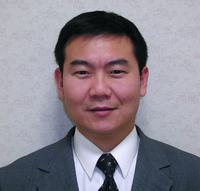
Kazunari Fujii was the SGI’s representative to the UN in Geneva and Chair of the NGO Working Group on Human Rights Education and Learning of CoNGO Geneva. Here, he describes SGI's approach to human rights education.
SGI Quarterly: Why does the SGI place such a strong emphasis on human rights education?
Kazunari Fujii: Human rights education is aimed at enabling people to understand and claim their own rights and those of others. This quest for human rights requires that we develop the courage to acknowledge, respect and appreciate differences among people. Such respect for human dignity is at the heart of the philosophy of Buddhism and of the SGI, which sees all human beings as being interrelated and interdependent.
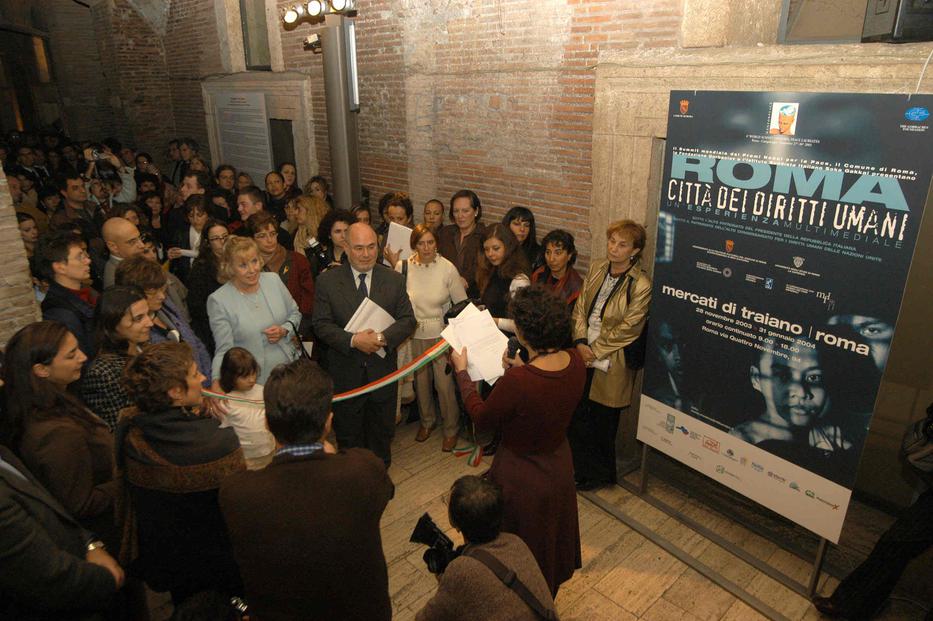
SGI human rights education activities in Italy [Photo credit: © Seikyo Shimbun]
There is a Buddhist saying that when one holds up a lantern to light the way for another, one’s own path is illuminated. Central to the worldview of the SGI is the idea that a profound change in the heart of one individual can be the start of a process of change in the destiny of whole societies, and eventually the entire world—a transformation from hopelessness to hopefulness, despair to courage, dependence to interdependence, solitude to harmony, from war to peace. Therefore, we place an emphasis on human rights education that aims at the empowerment of individuals and raising awareness of the potential of each person to make a difference.
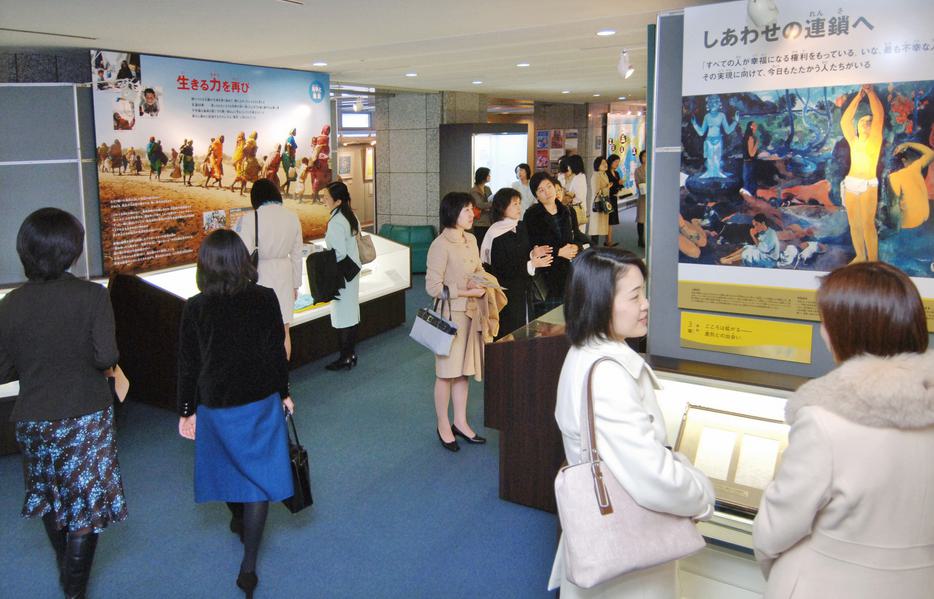
SGI human rights education activities in Japan. [Photo credit: © Seikyo Shimbun]
SGIQ: What is the function of the NGO Working Group on Human Rights Education and Learning at the UN in Geneva?
KF: The NGO Working Group on Human Rights Education and Learning was formed in May 2006 within the network of the Conference of NGOs in Consultative Relationship with the UN (CoNGO). The SGI, currently serving as Chair of the NGO Working Group, took the initiative for its creation in collaboration with other NGOs.
There are more than 40 member NGOs in the working group. This provides an important platform where NGOs are able to discuss and build strategies and make proposals on human rights education to policymakers in the UN as well as with staff, mandate holders in the UN Human Rights Council and external bodies such as universities, UNESCO and other NGOs. Such proposals not only help bridge the gap between NGOs and governments but also incorporate civil society perspectives into global policy frameworks on human rights education. Representatives of the Office of the High Commissioner for Human Rights and governments often join the regular meetings of the working group.
Based on its experience at the international level, the SGI has also collaborated with organizations and networks at the regional level. In the last few years, for example, I have had the opportunity to work with the Council of Europe’s European Youth Centre in Budapest for their workshops and training programs on human rights education for European youth.
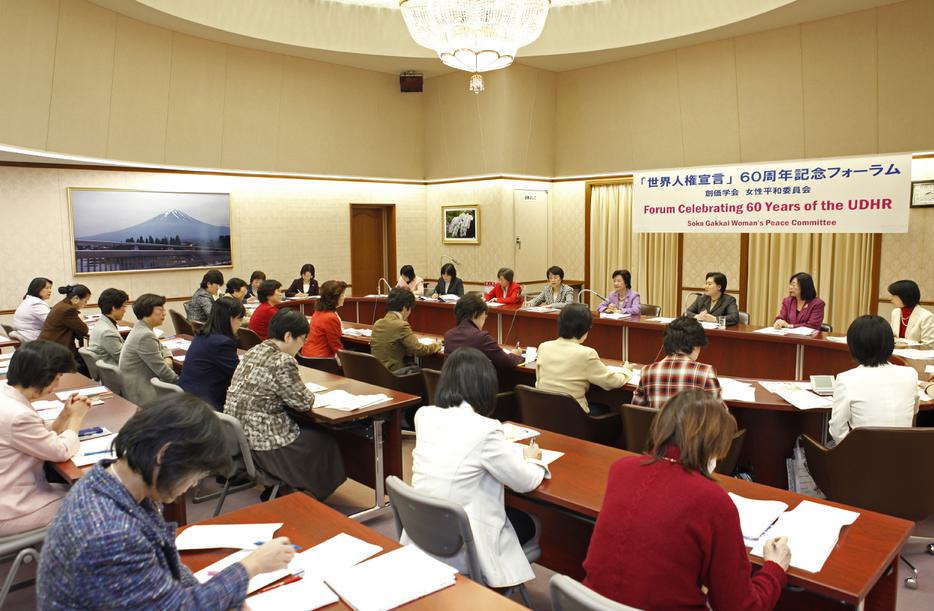
SGI human rights education activities in Japan. [Photo credit: © Seikyo Shimbun]
SGIQ: Why is collaboration and solidarity important among civil society actors in the field of human rights education?
KF: The ultimate goal of human rights education is to build a universal culture of human rights in which the human rights of all people are fully realized. It is only when everyone feels their own human rights are a reality that such a universal culture can really bloom. It is only natural therefore that the voices of as many civil society actors as possible are heard by policymakers at all levels—national, regional and international.
The SGI collaborates with NGOs and international networks of NGOs such as Human Rights Education Associates, an international network of human rights educators and activists. At the international level, the SGI focuses particularly on reflecting civil society views in policymaking processes. In this endeavor, the efforts and actions of national actors are very important. For instance, in 2001, SGI-Italy launched a multimedia exhibition called “The City of Human Rights,” which was shown in cities throughout the country.

SGI human rights education activities in South Africa. [Photo credit: © SGI-SA]
SGIQ: What is the significance of the 2011 United Nations Declaration on Human Rights Education and Training?
KF: The final text of the draft UN Declaration was adopted by the UN Human Rights Council in March 2011. It is now awaiting adoption by the UN General Assembly, expected before the end of 2011. This UN Declaration, once adopted, will be part of a set of international norms and standards of human rights. For the first time, this Declaration will provide universal guidance for human rights education and training and give clear definition to key concepts and principles. Even though a Declaration has no legally binding power on governments of UN member states, it has a strong potential to promote and implement human rights education and training in many countries. But the key factor in making this manifest will still be individuals who are committed to the full realization of human rights for all.
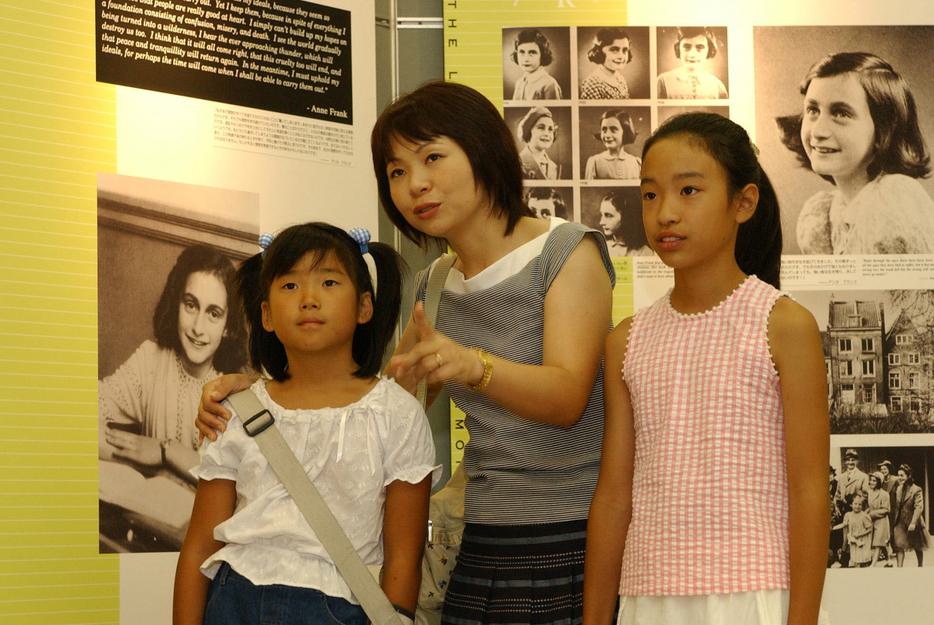
SGI human rights education activities in Japan. [Photo credit: © Seikyo Shimbun]
SGIQ: Why is there a focus on nonformal educational settings for human rights education in the SGI?
KF: Human rights education is not just about what happens in schools or in the interaction between teachers and children. While incorporating human rights education in school curricula is important, human rights education is a lifelong learning process for everyone. In addition to extracurricular school activities and informal education, adult education programs, cultural events, film and theater are all important contexts for human rights education. Government officials can also benefit from learning from nonformal settings of human rights training.
In terms of developing the efficiency of international policies on human rights education including the draft declaration, “Good travels at a snail’s pace,” as Gandhi said. Human rights education is yet to be fully understood and explored, and it will evolve into more concrete actions to be carried out in many parts of the world. We strongly believe that when people base their actions on a desire for the happiness of themselves and others, they can bring forth the power to overcome all adversity and transform society. Based on that vision, the SGI will continue working with civil society partners and through intergovernmental platforms to make a global culture of human rights a reality.